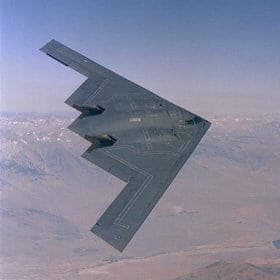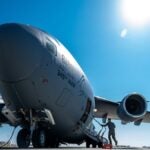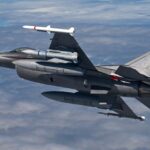
The Government Accountability Office (GAO) on Tuesday denied Boeing’s [BA] protest of the Air Force’s Long Range Strike Bomber (LRSB) award to Northrop Grumman [NOC].Ralph White, managing associate general counsel for procurement law at GAO, said in a statement that GAO found no basis to sustain or uphold the protest after reviewing Boeing’s challenges to the selection decision. White said in denying Boeing’s protest, GAO concluded that the technical evaluation, and the evaluation of costs, was reasonable, consistent with the…













